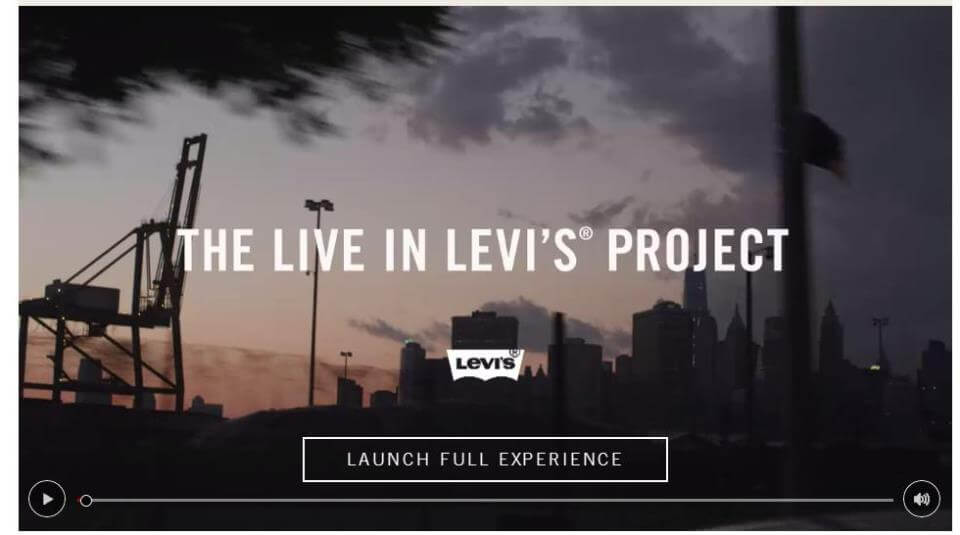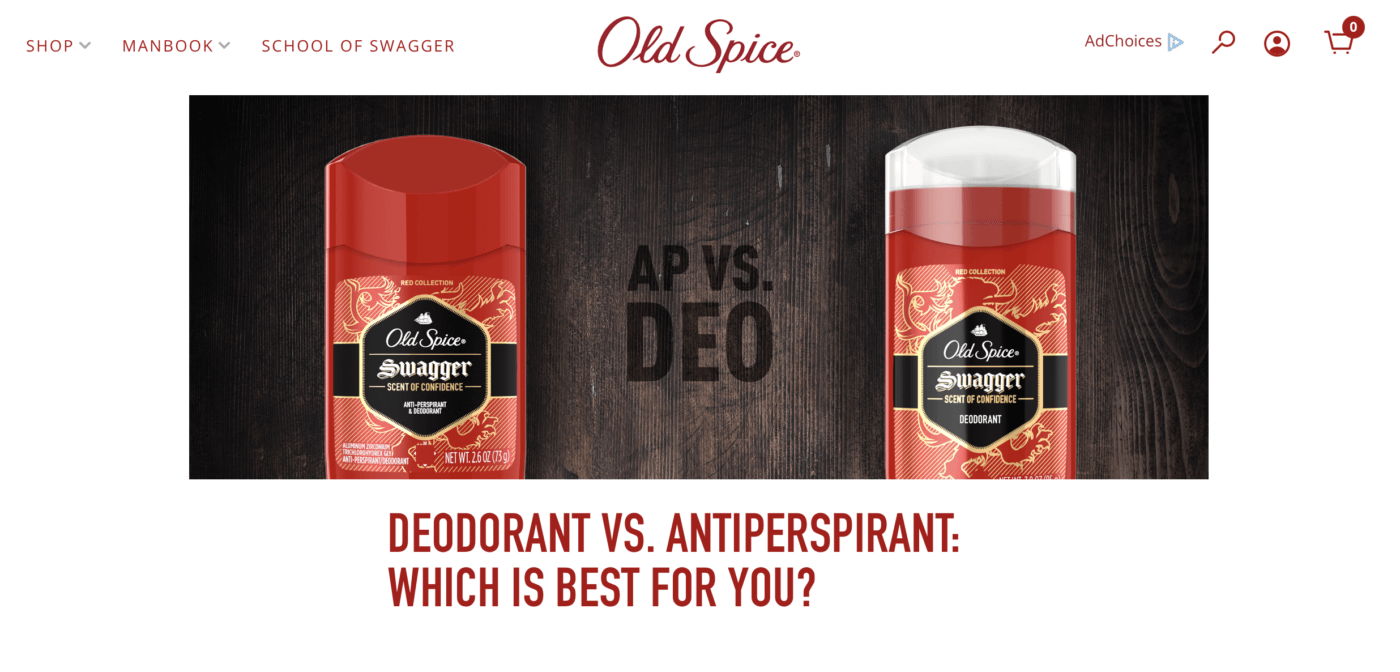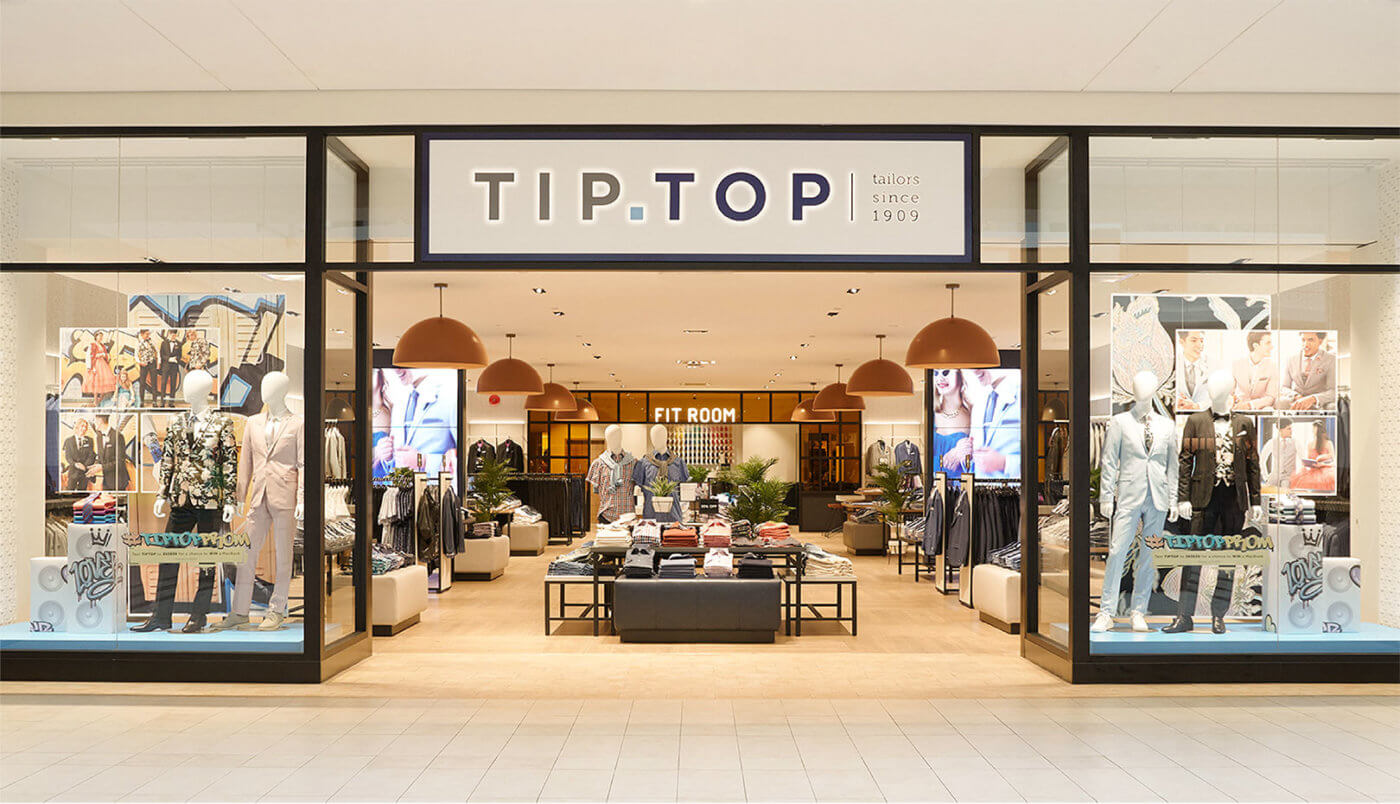Widely popular brands can become yesterday’s news for a variety of reasons. Trends change, and new brands disrupt old ones. Established perceptions that once drove growth can become detrimental. Some companies throw in the towel and decide to start from the bottom up. But, creating a new brand from nothing is even more difficult than breathing life back into a brand that’s lost its shine.
In this blog, we will explore how brands can get their mojo back, using insights from some excellent examples.
FIRST AND FOREMOST, START WITH THE CONSUMER’S ATTITUDES AND PERCEPTIONS
Do you have perception issues to overcome? Do you have some positives to lean into? Talk to the customer a lot. Get into their environment and interact directly. It’s critical never to assume you know the customer because you did research last year or the year before. Keeping close to the consumer requires regular, consistent, meaningful engagement.
Realigning with the consumer – Levi’s
A great example of a brand that dove deep into re-engagement with consumers as part of a brand transformation is Levi’s. The brand peaked and contracted in the early 2000s as luxury denim brands started to enter the market. To revitalize the iconic legacy brand, their new CEO Chip Bergh spent a great deal of energy engaging with Levi’s customers, including one-on-one interviews at home. In one of these interviews, a customer told him, “You wear other jeans, but you live in Levi’s.” This was the Aha! moment he had been waiting for. “Live in Levi’s” became a tagline for their next big campaign and marked the return of the brand.
In addition, Bergh leveraged the core Levi’s fan base, who are passionate football fans, by obtaining the naming rights for the San Francisco 49ers. By meeting customers where they wanted to be and communicating with them in their language, the brand was able to convince them to get back into stores and try the revised product offering.

Image Source: Levi Strauss & Co.
THE INSIGHT
Many brands lose touch with their customers over time. It’s important to regularly conduct consumer research to see where shifting dynamics may impact their relationship with your brand. And if you do lose your connection, go deep in getting back in touch. Social listening and surveys are great tools, but they can’t replace the impact of in-person interactions. Brands should leverage deep research tools, such as neuroscience, behavioral insights, and journey mapping to re-engage customers on the transformation journey.
DEVELOP A STRATEGY TO SHIFT PERCEPTION
Sometimes it may appear things have gone so far that it might be better to walk away and start from scratch. Unless your brand has been involved in a terrible scandal, this is probably a mistake. Even with negative associations, a lagging brand with name recognition has more equity than one that does not exist. It is very possible to use methodical strategic marketing campaigns to shift consumer perception.
Shifting customer perception – Old Spice
A masterclass example of a brand that successfully moved customers from a negative perception to being a category leader is Old Spice. The brand knew it had a “grandpa” stigma with younger men, but on the other hand, Old Spice had a strong recall in the category. They kept the name and did a complete brand redesign, including the product portfolio. Then they took a two-step approach to shifting the consumers towards a favorable view.
The first step involved reframing the brand around functional attributes. On college campuses, they encouraged young men to try the product, promising it would work better than what they were currently using. By using product comparisons and focusing on efficacy, they were able to shift perceptions from negative to neutral.
Then came step two: a series of humorous ads featuring celebrities that were launched during the Super Bowl. The copywriting for the ads hit the Millennial funny bone just right. Within a year sales had increased by 60%.

Image Source: Old Spice
THE INSIGHT
Rather than walking away from existing equity, plan to move your brand forward through strategic steps that build trust. This approach does not happen overnight and requires courage as well as patience. Many brands begin a transformation with gusto but fail to remain steadfast throughout the process. Taking incremental steps is part of the road to success, as long as the path continues to be properly resourced and funded and stays on track. To help you do this effectively, leverage our worksheet “The Trust Ladder.”
LEAN INTO HERITAGE THROUGH A FRESH LENS
For brands with a legacy, bring forward heritage elements in a new way that is relevant to new customers.
Using what you’ve got – Pimm’s and Adidas
Pimm’s, a gin-based beverage first created in the early 1800s, was best known for being popular amongst the well-to-do at garden parties, horse races, and tennis matches. Most young Brits viewed the brand as snooty and old-fashioned, and it had fallen out of style. Pimm’s cleverly created a snooty old-fashioned character named Hooray Henry who played into the perception but made fun of it by blustering around and declaring “It’s Pimm’s O’Clock!” In addition to a little self-mockery, which played well, the brand created limited-time offerings based on trends in the alcoholic beverage category that were a big success.

Image Source: Pimm’s YouTube Channel
In the 1970s and ’80s, Adidas was faltering. Nike’s marketing strategy was winning, and Adidas was drifting into other business areas without much success. They got back on track as a market leader by leveraging some of their core products under the banner of “Originals.” This re-emphasis on athletic shoes and equipment brought fans back to the brand, for example with the Stan Smith and the Samba. This strategy has been so successful it is still going strong today, with Adidas pulling out archived designs and reimagining them for the Gen Z consumer.
THE INSIGHT
Leveraging fundamental, highly recognizable aspects of your brand through a new lens helps build on the legacy for new audiences. Whether it’s a classic product or a reinvented element of your brand personality, tapping into the emotional power of familiarity is a powerful strategy for legacy brands.
CHANGE THE EXPERIENCE
Many brands change the appearance of their store design, packaging, or e-commerce website – but a change in look is not sufficient if you have fallen behind. You may need to rethink the service experience, highlight new offerings, or accommodate new consumer needs as part of a brand revitalization.
A new way to engage – Tip Top
Tip Top, a menswear retailer that specializes in suits and work attire, had experienced a similar effect as Old Spice: younger men saw it as a place for their fathers, not for them. They knew they had a great product at a great price, but their store experience didn’t emphasize some of their core strengths.
As part of their brand reinvention, they moved the tailoring station out from behind the scenes to a central location in the fitting room area, prominently featuring the service. They created tables within the store where staff could lay out complete outfits for men to help them visualize the entire look put together, and trained staff on how to use them. The new experience spoke to the brand’s direction of fitting the consumers’ unique style and body. The elevated experience has been an enormous success for the brand, which continues to open new stores across Canada.

Image Source: SLD
THE INSIGHT
Create opportunities for customers to interact with your brand in a way that best highlights your strengths. This may require you to remove extraneous steps, offer new channels, or change your sales choreography. It may require you to rethink how you hire and train staff, or what aspects of your offering you emphasize.
THE FINAL WORD ON GETTING YOUR BRAND BACK ON TOP
Trends in consumer preference mean that all brands will need to evolve. Losing market share is a sign that your brand has not kept pace with new dynamics, and needs to seek new relevancy. Levis, Pimm’s, Old Spice, Adidas, and Tip Top are excellent examples of brands that transformed to make themselves relevant to new consumers.

